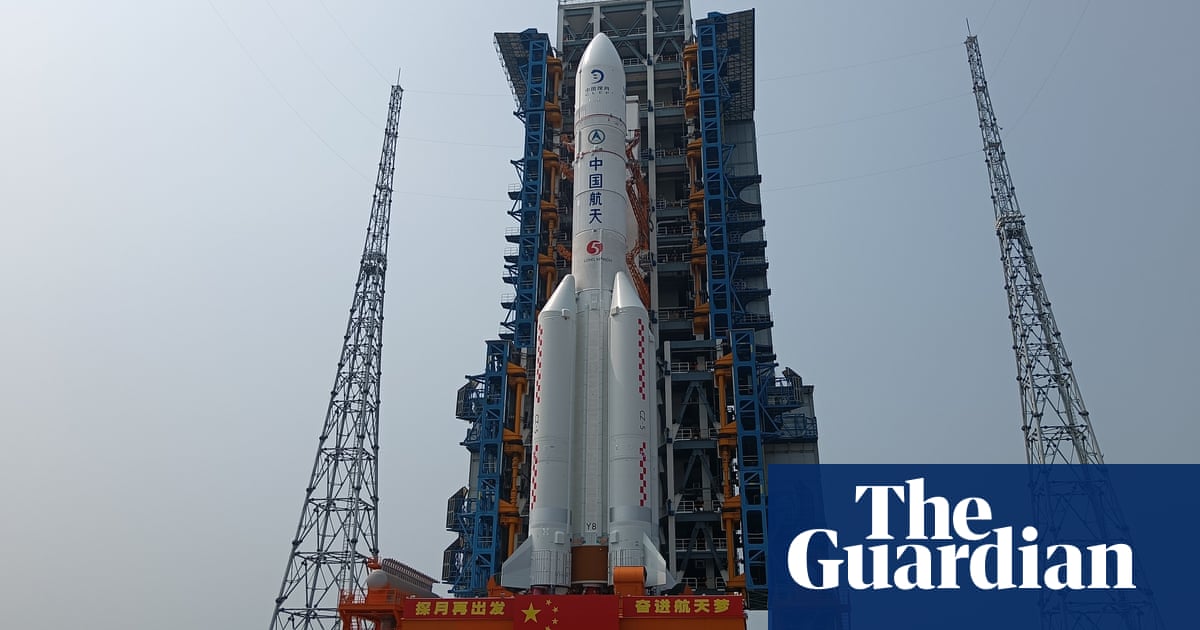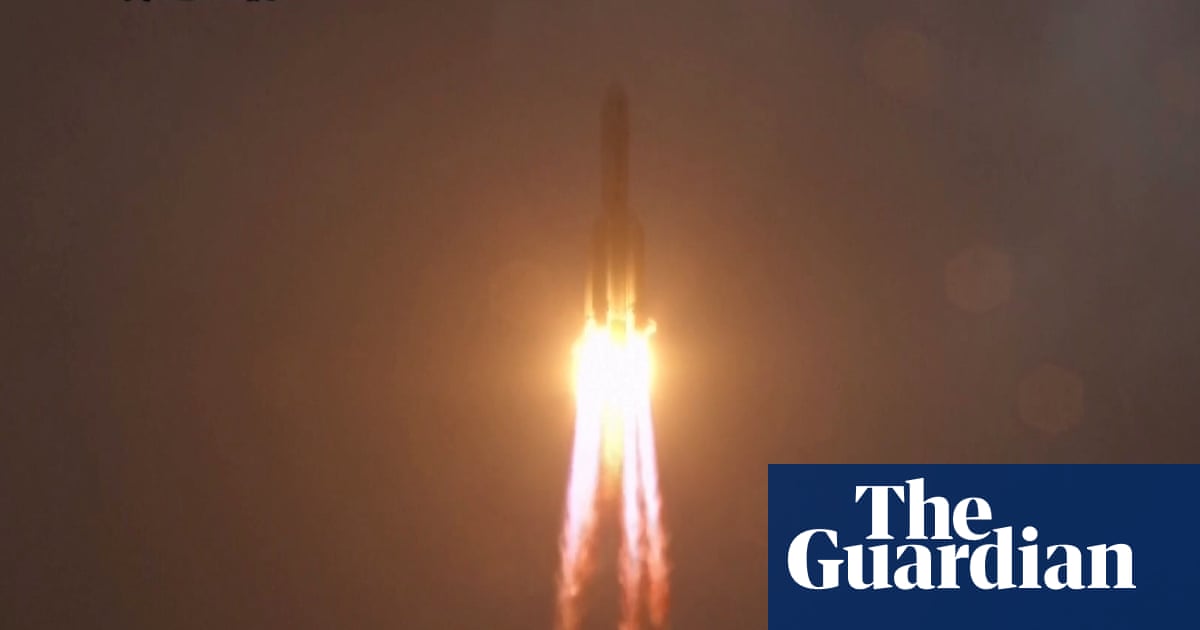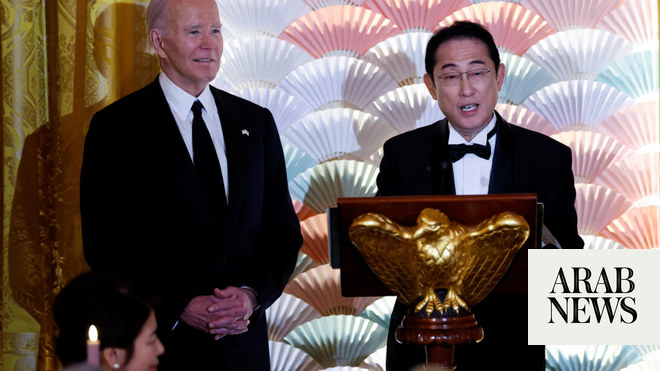
BEIJING, , Dhu-AlQa'dah 26, 1436, September 10, 2015, SPA -- Because Earth and the Moon are locked in synchronous rotation, only one half of the lunar surface faces the Earth. The other half, the far side of the moon, is always facing away, according to UPI. Recently, China made known their aim to land a lunar probe on the far side of the moon. In an interview with state broadcaster CCTV, Zou Yongliao, an engineer with the Chinese Academy of Sciences, said China's space agency plans to land their next-generation lunar rover, Chang'e 4, on the far side of the moon sometime before 2020. Once landed, Zou said the rover would explore the far side's unique geologic characteristics. The far side of the moon is more rugged than the hemisphere that faces Earth. It is peppered with hundreds of craters and is devoid of the large, flat basaltic plains that form the lunar maria. The far side of the moon is also home to one of the largest known impact craters in the solar system. The South Pole-Aitken basin measures eight miles deep and stretches 1,600 miles across. In 2013, China became the third nation to land on the moon, after the United States and Russia. But landing on the far side of the moon is more complicated, as the moon itself would block communication lines during the last phases of descent and landing. This problem could be solved, however, by having an orbital probe relay information back and forth between the lander and ground control. In addition to offering unique exploration opportunities, the far side of the moon would be an ideal location for a radio telescope. Zou told CCTV the far side features a "clean electromagnetic environment, which provides an ideal field for low frequency study. If we can can place a frequency spectrograph on the far side, we can fill a void." Though China's space program isn't as expansive as NASA or Roscosmos, it's more than capable. "The Chinese space program has demonstrated that they can land on the moon and build communications satellites," Michael Brown, an observational astronomer with Australia's Monash University, told Al Jazeera, "so their goal to land on the far side of the moon by 2020 is certainly feasible." --SPA 00:57 LOCAL TIME 21:57 GMT
www.spa.gov.sa/w












